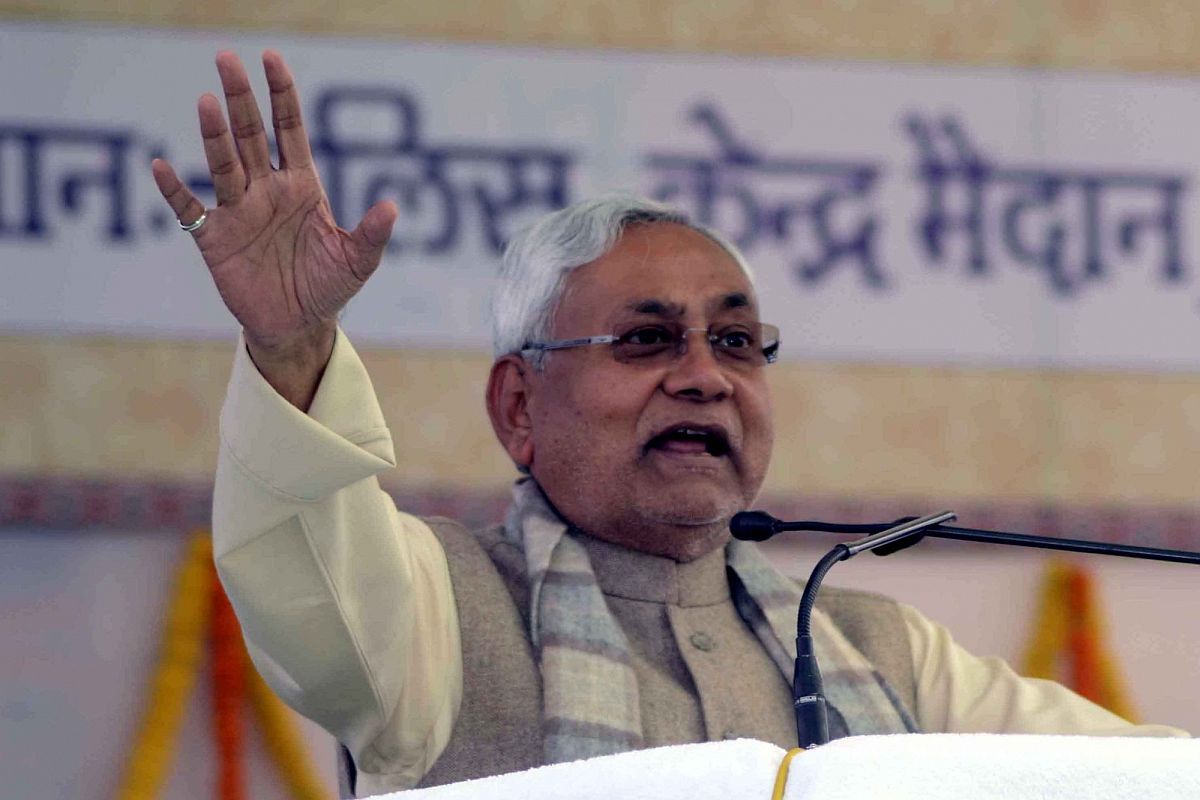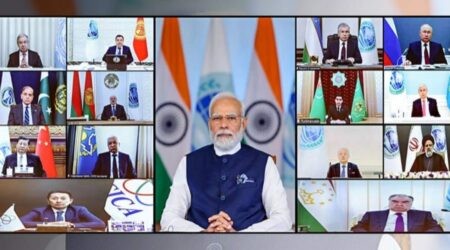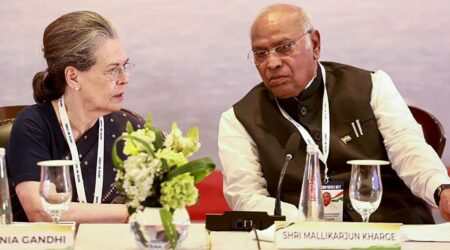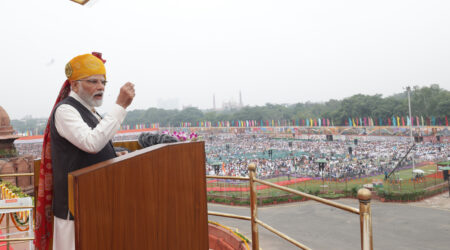By Shaibal Gupta
The 2020 assembly election in Bihar has taken an interesting turn. The competition between top national and regional parties, the rift within existing alliances, the discourse around jobs, and most importantly, the focus on Nitish Kumar’s record have made the polls complex. Indeed, it is difficult to predict which key electoral issue is going to influence voters most deeply.
The internal dynamic within the Bharatiya Janata Party (BJP)-Nitish Kumar led NDA is not smooth either. The coalition could not retain the Lok Janshakti Party (LJP) in the pre-poll alliance. Interestingly, the LJP is fighting mainly against the Janata Dal (United).
The election campaign is now centered around Nitish Kumar. Unlike in the previous election, the Opposition has refrained from attacking the PM. Therefore, it is Nitish Kumar’s record as CM which seems to be the key electoral issue. His victory in both 2005 and 2010 was the outcome of a successful “coalition of extremes” that brought various caste groups together with the help of the BJP and the other influential caste leaders. In 2015, he allied with Lalu Prasad, who had his own winning combination of Yadavs and Muslims. He then split from Lalu Prasad, whose absence, this time around, should have made the fight easier for the CM, but given the discord within the NDA, that is not the case anymore.
The other issue which features prominently, and has been taken up by the Opposition, is unemployment. The challenge of generating employment is not limited to Bihar, but the huge population coupled with the lack of job opportunities has posed a substantial policy challenge.
Apart from the public sector, employment is dependent on the size and scope of the private sector. Bihar’s market constitutes only 4% of the national market. The state is hobbled by the absence of land reform and the effects of persistent feudalism persist. The surplus from agriculture has not been ploughed into industry. Bihar has not yet taken a capitalist turn, even though social change and democratization has taken place. Apart from the effects of large-scale migration, bottom-up corruption has corroded most state structures.
The absence of bijli, sadak and paani (electricity, roads and water) as significant issues in this election suggests a paradigm shift in the electoral discourse. There was a time when many parts of the country, including Bihar, were struggling to get basic infrastructure. This suggests that Bihar, under Nitish Kumar, has successfully addressed these issues. The other issues are related to people’s aspirations to achieve outcomes on par with those of other developed states. With migration and the electronic media, the cognitive world has expanded even in rural Bihar.
Experience from the previous elections suggest that the key factor behind Nitish Kumar’s success has been the coalition of extremes, which includes dominant castes as well as the most marginalized backward, Dalit and Muslim groups. He is still one of the most popular chief ministers in the country, which is why the BJP has been compelled to accept him as the face of the coalition.
Even if Chirag Paswan’s attempts to chip away at the CM succeeds, the BJP will not allow anyone else, but Nitish Kumar to become the CM if the NDA wins. The BJP will wait for another term for its chance because this is the only Hindi heartland state where the party has not yet reached its peak.
(The opinion piece appeared in The Hindustan Times)










